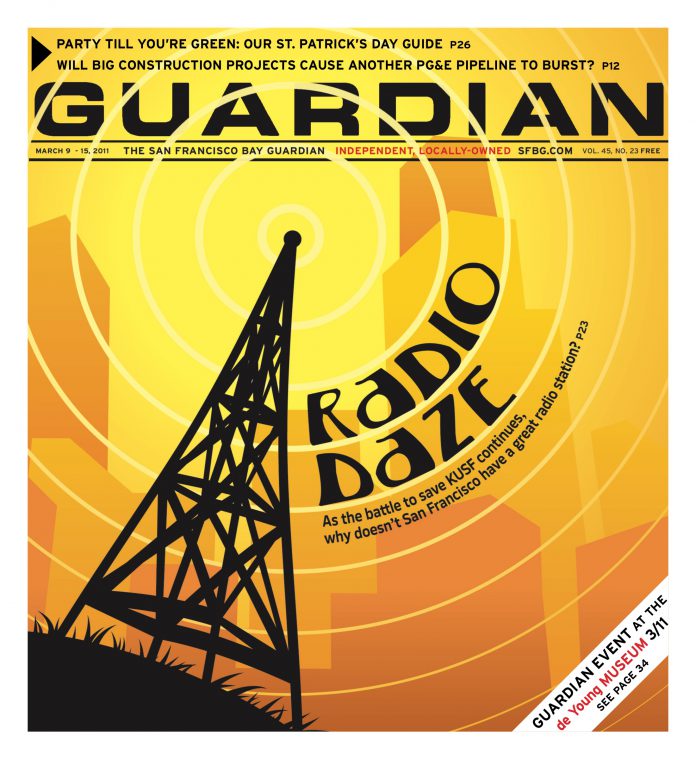arts@sfbg.com
SAN FRANCISCO INTERNATIONAL ASIAN AMERICAN FILM FESTIVAL A few years ago, much was being made of the “new wave” of Asian horror films. Western audiences were being introduced to the long-haired, vengeful spirits and women on the verge of murderous rampages that had been scaring moviegoers in Japan, South Korea, and Southeast Asia for much of the late 1990s and early aughts. Companies such as Tartan and Lionsgate rushed to make the latest bloodbaths from directors such as Takashi Miike and Kim Ji-woon available on DVD, and Hollywood began to voraciously buy up story rights and churn out English-language remakes. Then Saw (2004) and Hostel (2005) came along.
But while the new wave of Asian horror may have crested as a Western phenomena, SFIAAFF’s retrospective “After Death: Horror Cinema from South East Asia” proves that using regional ghost stories as a springboard for Romero-worthy blood feasts is still a winning formula for many Southeast Asian directors. Nang Nak (1999), the oldest of the three films in the series, reenvisions the Thai folktale of a wife whose love for her family chains her to the earthly realm long after death. Histeria (2008) loosely bases its six-girls-tormented-by-an-evil-spirit variation on the classic slasher narrative on actual cases of mass hysteria among Malaysian schoolgirls. And 2008’s Affliction (the only film unavailable for preview) pits a father against his daughter as he fights to prevent her transformation into an Aswang, a blood-sucking monster of Filipino legend.
To be honest, there might be a reason these titles have received less attention abroad than the output of the Pang brothers (2002’s The Eye), for example. For all its flashy cinematography and folkloric source material, Nang Nak drags for most of its 100 minutes (when we already know long before the protagonist does that his dutiful dearest is not all she appears to be, waiting for him to finally catch on feels like an eternity). Histeria has more fun at least with its set-up, sketching out the hierarchy at work in its clique of schoolgirls sentenced to a long weekend of janitorial labor at their rural boarding school before dispatching them in unsavory ways one by one. The film even features what’s touted to be Malaysian cinema’s first same-sex onscreen kiss; although a “half-peck” might be more accurate. Still, the film’s special effects are imaginative — especially its creature design — and its scares are genuine even if the twist ending doesn’t pack much surprise. Indeed, the films in “After Death” are perhaps SFIAAFF’s most familiar offerings, but that doesn’t make them any less enjoyable for, say, date night.
SAN FRANCISCO INTERNATIONAL ASIAN AMERICAN FILM FESTIVAL
March 10–20, most shows $12
Various venues

